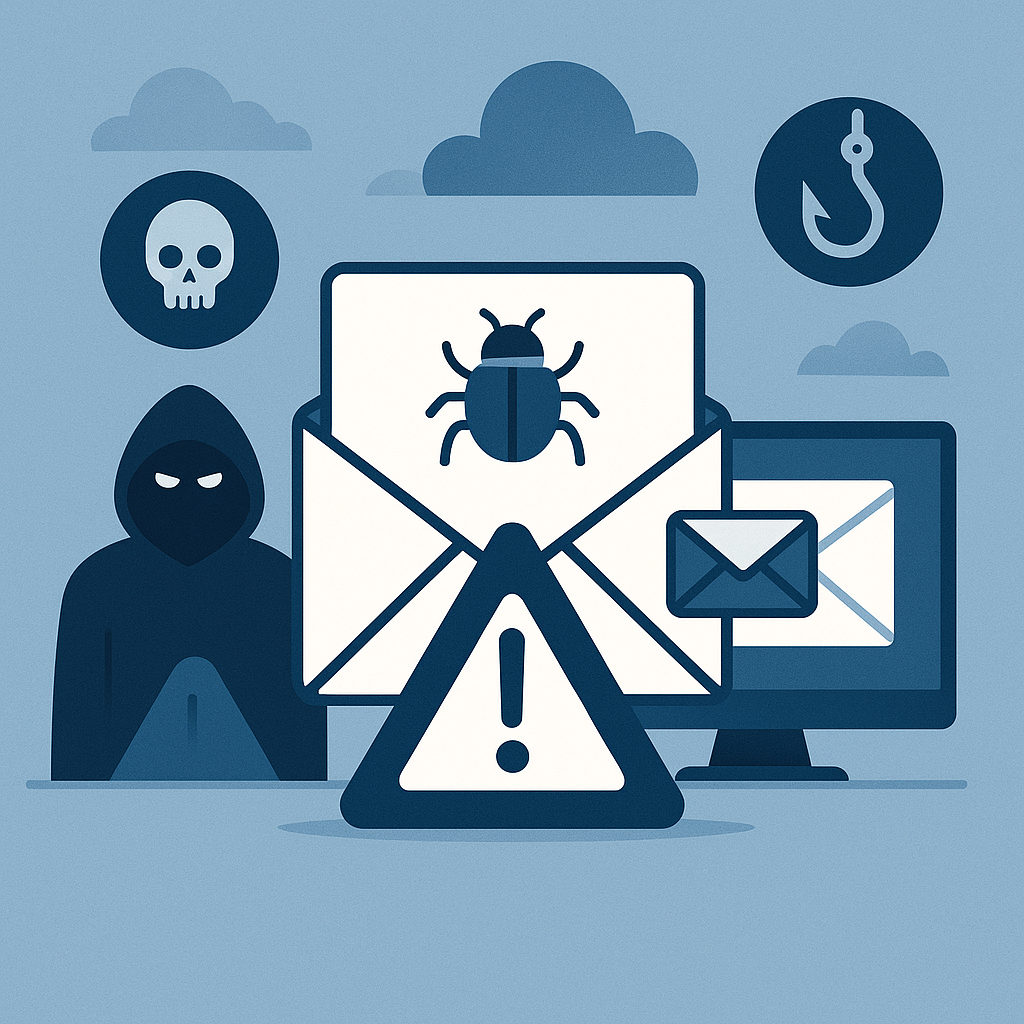Hackers love email because it works. And in 2025, email attacks are more deceptive than ever. AI is being used to craft realistic phishing messages, deepfake attachments are starting to circulate, and attackers are targeting business inboxes with laser precision.
Phishing scams now mimic vendors and clients down to the tone of voice and signature. Spoofed domains look legitimate on the surface. Even IT teams are getting tricked. Ransomware is often just one click away — hidden in “urgent” invoices or delivery notices.
What makes these attacks more dangerous is how personalized they’ve become. Cybercriminals scrape data from LinkedIn, company websites, and press releases to tailor their messages. The result? Emails that seem harmless or even familiar, designed to bypass skepticism.
Then there are Business Email Compromise (BEC) scams. These don’t use malware. They rely on trust and timing. A fake email from the CEO asking for a wire transfer on a Friday afternoon can lead to tens of thousands in losses.
Defending against these threats means layering your defenses. Use SPF, DKIM, and DMARC to verify senders. Invest in modern email filtering that adapts to new threats. Run regular phishing simulations for your staff. And make sure you have logging and alerting in place to catch anomalies.
Because email isn’t going away. But your vulnerability to it can.
If you are interested in learning more, Schedule a call today.

